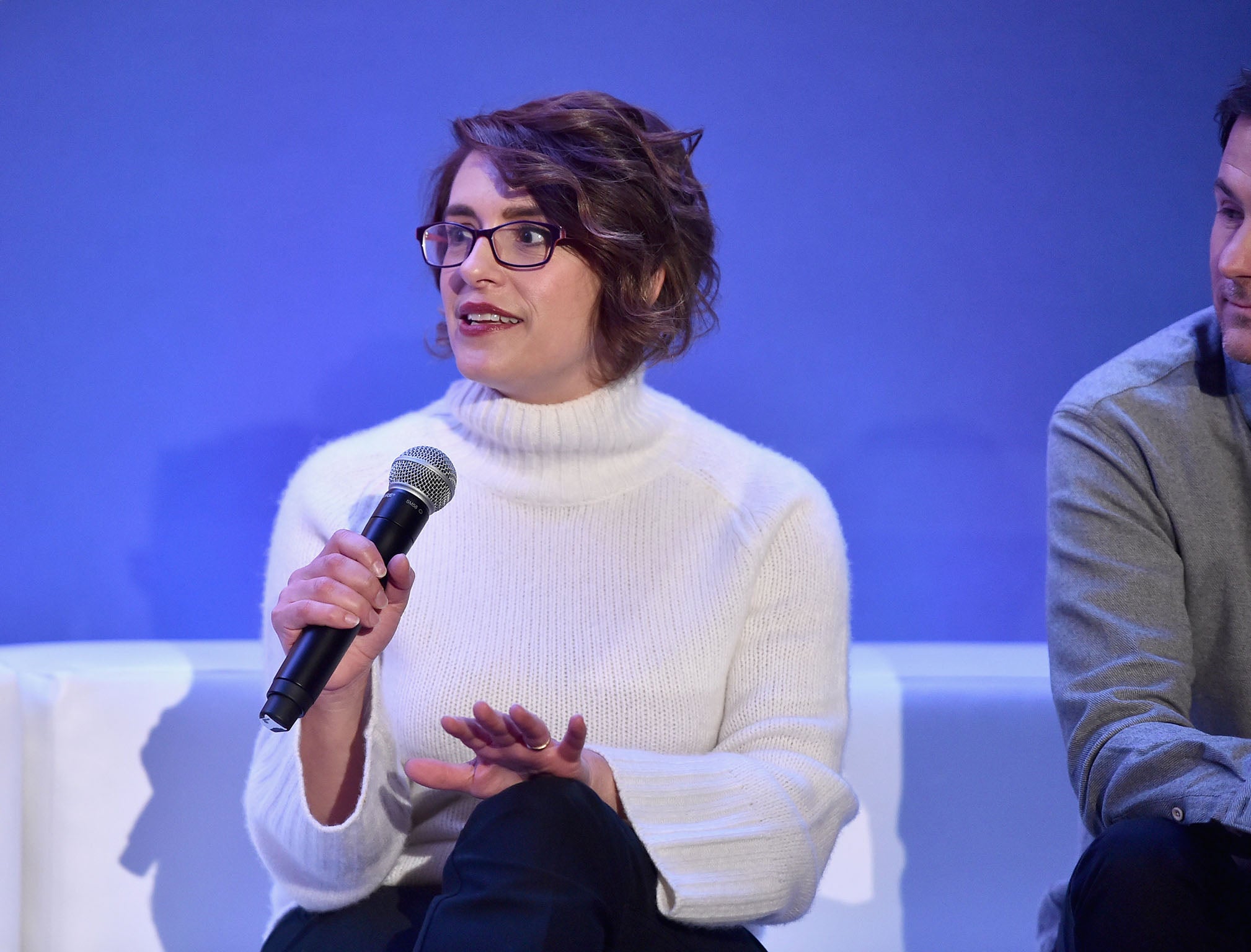Hollywood is bringing more diversity to our screens – but why do men still have a monopoly on directing
Hollywood is supposedly embracing diversity but top jobs for women behind the scenes are sparse. Cara Buckley and Brooks Barnes explain what must be done

Two weeks ago, the big movie studios showcased their 2019 lineups for multiplex executives in a series of elaborate marketing presentations in Las Vegas. It’s an annual ritual: here are the potential hits we will deliver.
For the first time, the importance of onscreen diversity came across as more than lip service. Paramount presented family adventure Dora the Lost City of Gold with a predominantly Latino cast, while Warner Bros promoted a Shaft sequel starring Samuel L Jackson and Regina King. Universal touted a comedy starring black women, Little, an animated movie about a Chinese girl’s quest, Abominable, and summer musical Yesterday with an actor of Indian descent playing the lead.
But look a little closer at the movies on studio rosters – and who is directing them – and Hollywood’s inclusion narrative falls apart by one crucial measure. Even after years of being called to task for sidelining female filmmakers, studios as a whole continue to rely overwhelmingly on men to lead productions. Why the disconnect?
Studios have multiple explanations (some would say excuses), but one big reason involves a lack of economic pressure. Moviegoers have been responding favourably to diverse casting and stories (Us, Crazy Rich Asians, Black Panther), prompting studios to serve up more. Fewer ticket-buying decisions are made based on the gender of the filmmaker, however.
“Does a consumer care about how something is made versus what they see onscreen?” asks Cathy Schulman, Oscar-winning producer of Crash, in an interview. “I think that is becoming increasingly more important, but I would say the business is slower to see the connectivity.”
That most studios employ few female directors would not surprise anyone who has been paying attention to the research from academics such as Stacy L Smith at the University of Southern California. But most reports on Hollywood hiring offer a rearview portrait; compiling comprehensive data requires a lag.
So the of-the-moment snapshot provided by the recent studio presentations is striking.
During its session on 3 April at CinemaCon, a convention staged by the National Association of Theatre Owners, Disney unveiled a 19-film slate for the rest of 2019, including a batch of movies from the newly acquired 20th Century Fox. Two of the 19 come from women: Jennifer Lee co-directed Frozen II and Roxann Dawson directed Breakthrough, a faith-based drama.
Warner Bros has 15 films, three of which have a woman behind the camera. The next one is The Sun Is Also a Star, a romance from Ry Russo-Young out on 17 May. Paramount plans to release seven movies by the end of the year; The Rhythm Section, a thriller, is the only one directed by a woman. (That would be Reed Morano, best known as a cinematographer.)
Universal Studios has 15 movies with release dates through December. Four come from women, including Little, which arrived over the weekend and was directed by Tina Gordon, and Queen & Slim, a November drama directed by Melina Matsoukas.
Sony Pictures opted not to make a presentation at CinemaCon. The studio has 13 movies on the remainder of its 2019 schedule. Women are directing three of them: Charlie’s Angels (Elizabeth Banks); A Beautiful Day in the Neighborhood (Marielle Heller); and Little Women (Greta Gerwig).

Disney, Warner, Universal and Sony declined to comment or did not respond to a request for comment.
Paramount said: “We recognise that, as an industry, we need to afford more opportunities to female film directors, and at Paramount we have publicly committed to doing a better job.” They add that, under an initiative announced in February, all of the studio’s film and television projects must submit a “diversity and inclusion plan” before being accepted. Paramount is also participating in an effort backed by the Time’s Up movement to boost opportunities for female directors.
Adam Fogelson is chair of STXfilms Motion Picture Group, a five-year-old operation that has produced female-focused movies such as the Amy Schumer vehicle I Feel Pretty, directed by Abby Kohn and Marc Silverstein.
“We’re proud of our track record of making films for, with and by women,” Fogelson says. “We see it as an important competitive edge.” He adds: “As a husband, a father and a human being in the world, I’m eager for the industry to collectively do better on this front.”
STX has six films heading to theatres by the end of the year, two of which have female directors. The first is Poms, a comedy from Zara Hayes that arrives on 10 May. But Fogelson said a few months’ worth of films did not give a sufficient assessment. By his calculation, 18 per cent of all STX movies, past and present, have been (or are being) directed by women – and 14 per cent have a woman as lead actor, director, producer and writer.
Widening the aperture makes the picture more positive for every studio. Disney recently released Captain Marvel with Anna Boden as a director; in the works are two more Marvel films from women, Black Widow and The Eternals. Warner will release a pair of female-led superhero movies of its own in 2020 – Wonder Woman 1984 from Patty Jenkins, and Birds of Prey from Cathy Yan. At least 10 films with female directors are in development at Paramount, including a new Star Trek.
The higher the financial risk, though, the less confidence decision makers have in hiring women. So, major studio films remain the slowest to embrace opportunity parity. Schulman, who is a former president of the advocacy group Women in Film, also points to the misconception that women are best at directing personal stories about women and romance, excluding them from opportunities to direct genres associated with men – action, adventure, espionage, broad comedy, horror, sci-fi and others.
Martha Lauzen, executive director of the Centre for the Study of Women in Television and Film and a professor at San Diego State University, cites research showing that women accounted for 8 per cent of directors working on the top 250-grossing movies of 2018, down 1 percentage point from 1998.
“We have not seen any meaningful increase,” she says, “in the percentage of women film directors over the last 20 years.”
© New York Times
Join our commenting forum
Join thought-provoking conversations, follow other Independent readers and see their replies
Comments